Free Courses Sale ends Soon, Get It Now


Free Courses Sale ends Soon, Get It Now


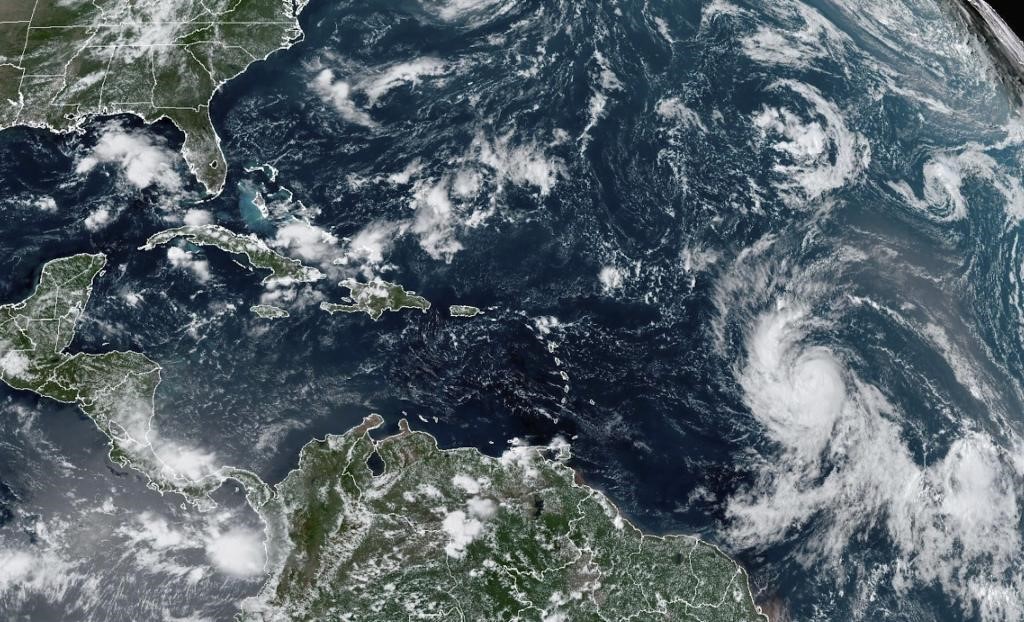
Disclaimer: Copyright infringement not intended.
Context
Details
An unprecedented hurricane
Challenges in predicting hurricane risks
Tropical Storms
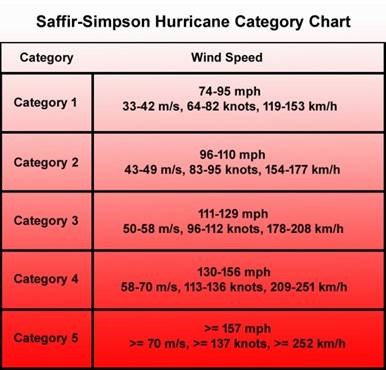
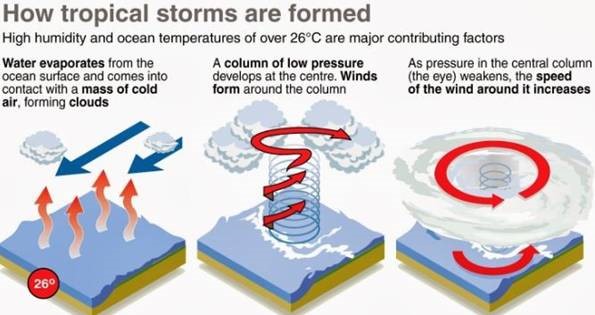
Condition for Cyclone
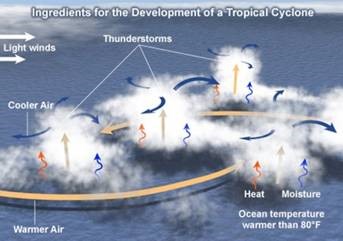
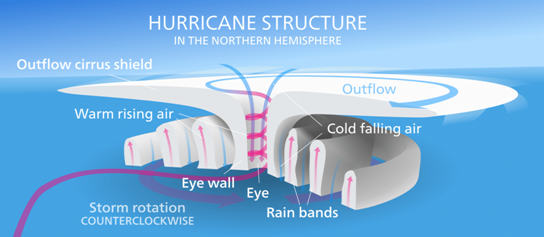
Key Concepts
Coriolis Effect
The Coriolis Effect is an important determinant of wind direction on a global scale
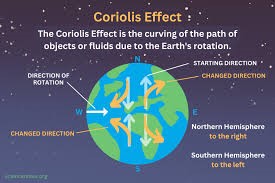
Wind Shear
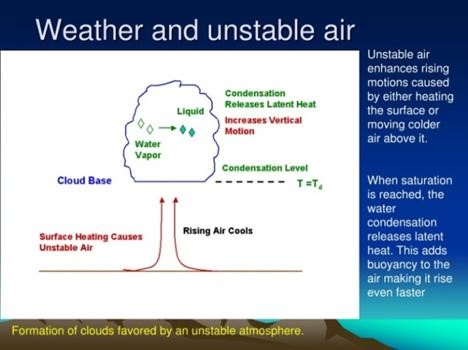
Atmospheric Instability

PRACTICE QUESTION
https://www.downtoearth.org.in/blog/natural-disasters/hurricane-fiona-s-legacy-how-studying-storm-impacts-can-help-us-better-prepare-for-future-events-91717
https://www.livemint.com/news/world/watch-pakistani-locals-laud-indias-g20-summit-question-islamabad-s-foreign-policy-the-world-has-sidelined-us-11694671507760.html
https://theconversation.com/hurricane-fionas-legacy-how-studying-storm-impacts-can-help-us-better-prepare-for-future-events-206483
© 2024 iasgyan. All right reserved